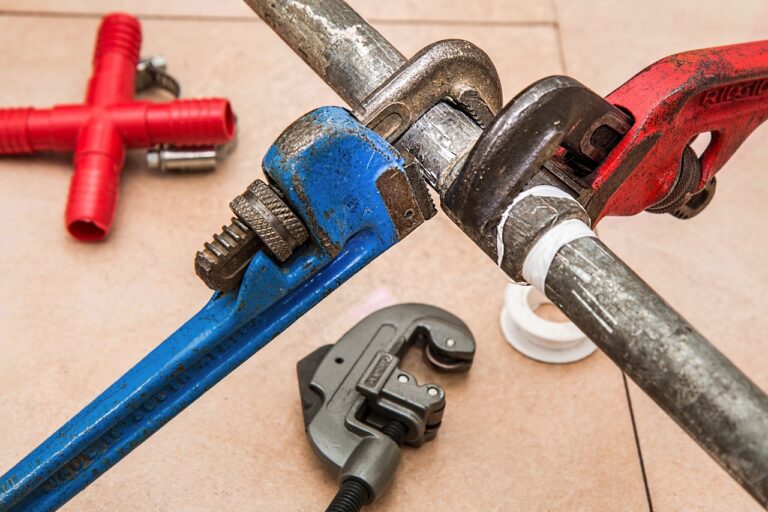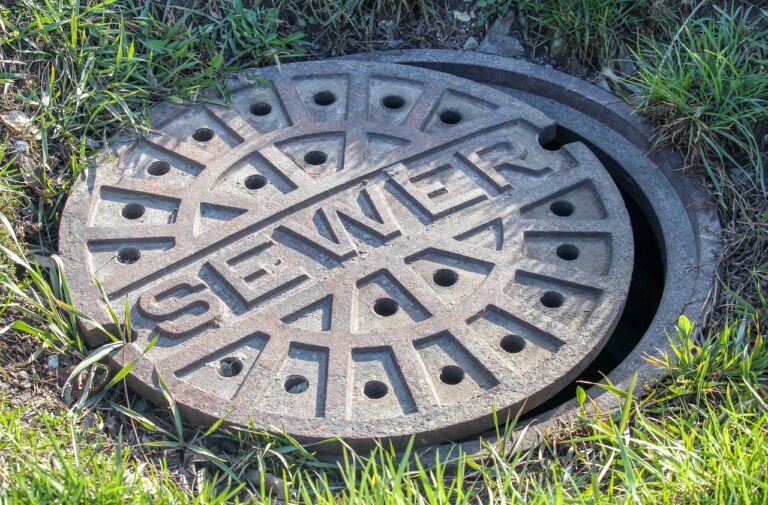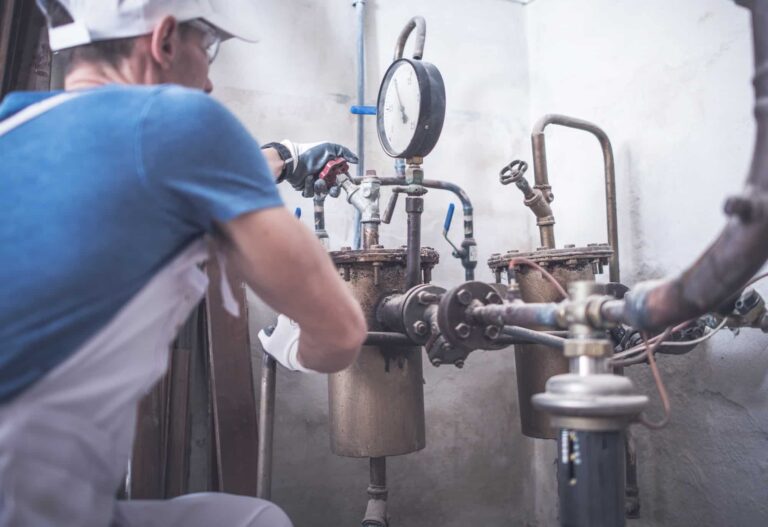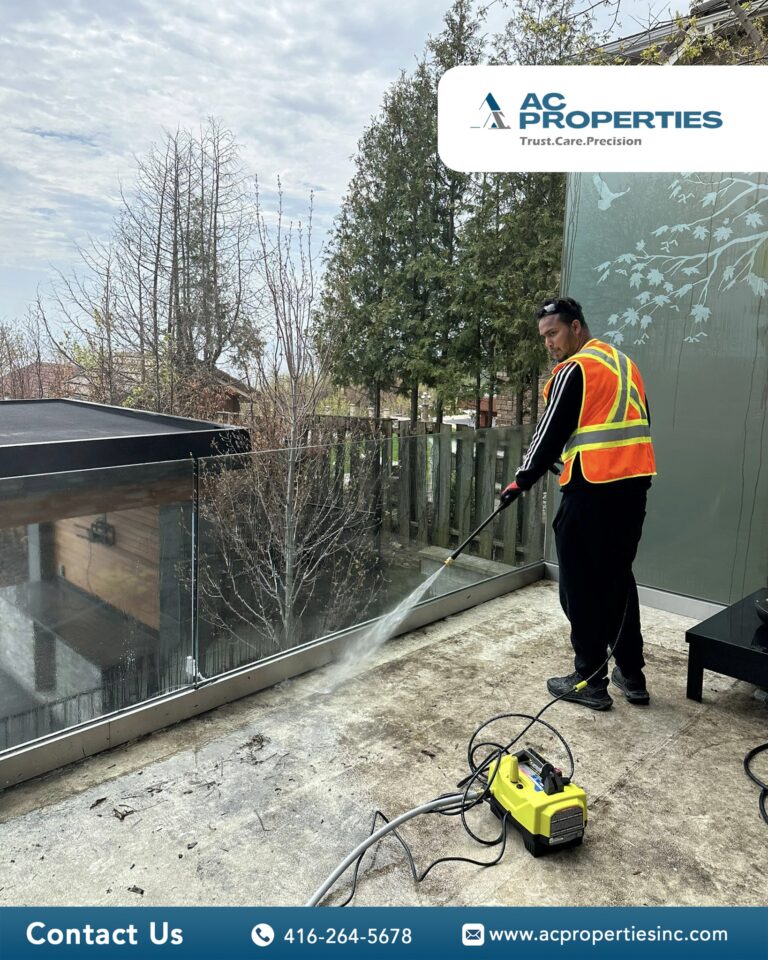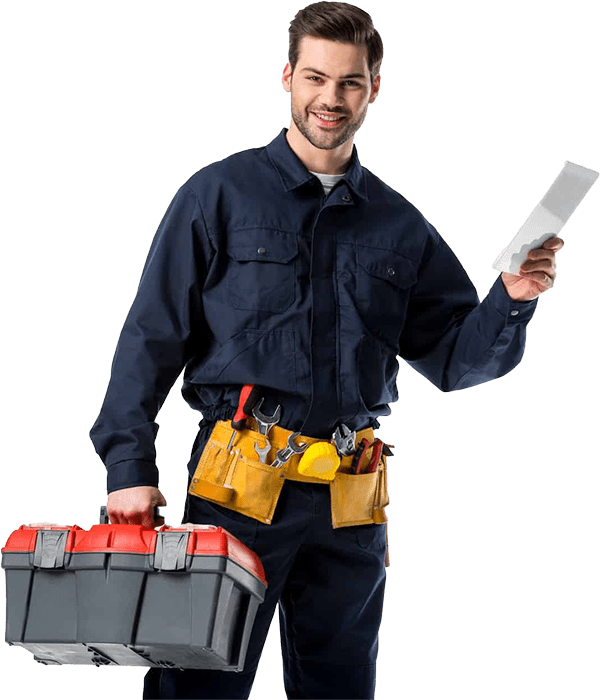Have you ever turned on your faucet only to hear a strange gurgling noise or see water sputter out inconsistently? This common issue is often caused by air trapped in your plumbing lines. It might seem like a minor annoyance, but left untreated, it can lead to significant problems in your home’s plumbing system.
In this blog post, we’ll explore why air gets trapped in plumbing lines, how to recognize the signs, and the potential risks if the issue is not addressed. We’ll also provide a step-by-step guide and some Proven Tips to Get Air Out of Plumbing Lines and preventive measures to help homeowners and DIY enthusiasts. Whether you’re a seasoned plumber or just starting out with home repairs, this guide has something valuable for you.
Understanding the Problem
Why Air Gets Trapped in Plumbing Lines
Air can enter your plumbing system for several reasons. It could be due to recent plumbing work, a break in the water supply line, or even a temporary drop in the water pressure. When these events occur, air pockets form and get pushed through your pipes, causing the disruptions you notice.
Another common cause is the draining of the water heater for maintenance. When the tank refills, air can become trapped, especially if the system wasn’t properly bled afterward. Understanding these causes can help you diagnose and address the issue more effectively.
Signs of Air in the Lines
Recognizing the symptoms of air in your plumbing lines is the first step in resolving the issue. Common signs include:
- Gurgling Noises: Unusual sounds from your faucets are a clear indication of air pockets moving through the pipes.
- Irregular Water Flow: If the water pressure fluctuates or the flow is inconsistent, this could be due to air blocking the smooth passage of water.
- Air Sputtering from Faucets: When you turn on the tap, and air sputters out before the water flows steadily, it’s a sign that air is trapped in your plumbing system.
By identifying these signs early, you can take the necessary steps to remove the air and restore your plumbing system’s efficiency.
Risks and Impacts
Potential Damage
Ignoring the presence of air in your plumbing lines can lead to several issues. For one, the continuous movement of air pockets through the system can cause pressure fluctuations, which may put undue stress on your pipes and joints. Over time, this can lead to leaks or even bursts, requiring costly repairs.
Inconvenience
Beyond the potential for physical damage, having air in your plumbing lines can be incredibly inconvenient. The irregular water flow can make everyday tasks like washing dishes, taking showers, or doing laundry challenging. Additionally, the constant noise can be a disturbance, especially in a quiet household.
Poor Water Quality
Air in the lines can also affect the quality of your water. The turbulence caused by air pockets can stir up sediment and impurities, leading to cloudy or discolored water coming from your faucets. This not only affects the taste and appearance of your water but can also pose health risks if not addressed promptly.
Steps to Remove Air from Plumbing Lines
Step-by-Step Guide for Homeowners and DIY Enthusiasts
Removing air from your plumbing lines doesn’t always require a professional plumber. Here’s a simple step-by-step guide to help you do it yourself:
- Turn Off the Main Water Supply: Locate your main water valve and turn it off to prevent more air from entering the system.
- Open All Faucets: Starting from the highest level of your home and working your way down, open all the faucets, including outdoor spigots. Leave them open to allow the trapped air to escape.
- Flush the Toilets: Flush all the toilets in your home to help expel air from the pipes.
- Turn On the Main Water Supply: Slowly turn the main water valve back on. Allow the water to flow through the open faucets, which should push the remaining air out.
- Close the Faucets: Once you notice a steady flow of water without sputtering, start closing the faucets, beginning with the lowest level in your home and working your way up.
When to Call a Professional Plumber
While most homeowners can handle minor air blockages, there are times when calling a professional plumber is the best course of action. If you’ve followed the steps above and still experience issues, or if you suspect a more serious problem like a broken water supply line, it’s time to seek expert help. Professional plumbers have the tools and expertise to diagnose and resolve more complex plumbing issues effectively.
Preventing Future Occurrences
Regular Maintenance
One of the best ways to prevent air from getting trapped in your plumbing lines is through regular maintenance. Ensure that your plumbing system is inspected periodically to catch potential issues before they become major problems.
Proper Bleeding After Repairs
Whenever plumbing repairs or maintenance tasks are performed, such as draining the water heater or fixing a leak, make sure to properly bleed the system. This involves allowing water to flow through the pipes to push out any trapped air before sealing everything up.
Monitoring Water Pressure
Keep an eye on your home’s water pressure. Sudden drops or spikes can introduce air into the system. Installing a pressure regulator can help maintain consistent water pressure and reduce the risk of air entrapment.
Conclusion
Air trapped in your plumbing lines can be a nuisance, but it’s a manageable issue with the right knowledge and tools. By understanding why air gets trapped, recognizing the signs, and taking proactive steps to address and prevent it, you can maintain a smooth-running plumbing system.
Proper plumbing maintenance is crucial for avoiding bigger problems down the line. If you’re unsure about tackling this issue yourself or if it persists despite your efforts, don’t hesitate to call a professional plumber. They can provide the expertise and solutions needed to keep your home’s plumbing in top shape.
Feel free to share your experiences with air in plumbing lines in the comments below or reach out for further advice. And remember, professional plumbing services are always available for those more complex issues. Happy plumbing!

